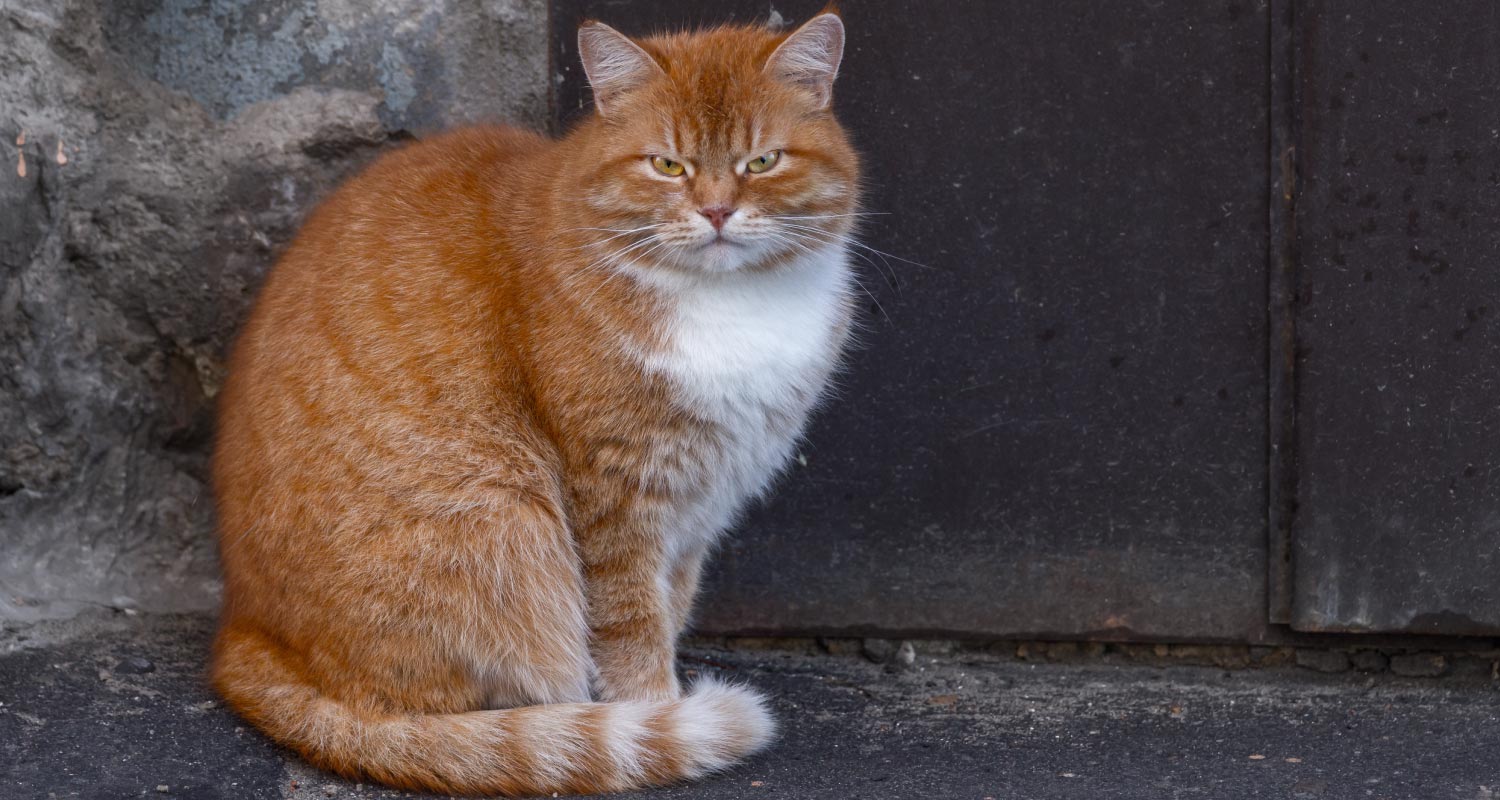BREEDS & PROFILES

VOTING BOOTH

TRENDING

LIONS FOUNDATION OF CANADA DOG GUIDES
Lions Foundation of Canada Dog Guides and its founding program, Canine Vision Canada, was established in 1983. It’s the largest school of its kind in Canada with its training school in Oakville and breeding facility in Breslau.
Cat Breeds that Come from Canada Part 4: The Cymric

This is the fourth and final part of our ‘Cat Breeds that Come from Canada’ series. Here you’ll find out all about the stunning Cymric (pronounced kim-rick), a fascinating breed with a rounded rear and rabbit-like gait!
THE LOOK
While known as a ‘tailless’ breed, a Cymric can in fact have one of four different tail types:
- Rumpy: tailless
- Rumpy-riser: short knob
- Stumpy: curved or kinked stump
- Longy: tail nearly as long as a normal cat’s tail
Head: round
Coat: medium length
Eyes: large and round; yellow, orange, hazel, gold, green, copper and amber
Colours: a variety including brown, tortoiseshell, blue cream, silver, cream, red, black, blue and white
Patterns: a variety including shaded, smoke, ticking, tabby, calico, bicolour, tortoiseshell and solid
Body: medium-sized with short front legs; longer hind legs with muscular thighs; surprisingly heavy
THE HISTORY
The first Cymrics (aka long-haired Manx cats) were intentionally bred and appeared in Canada in the 1960s. The CCA (Canadian Cat Association) recognized the breed in 1970. The CFA (Cat Fanciers’ Association) recognized the breed in 1989 under the name of “Long-haired Manx” and TICA (The International Cat Association) recognized the breed as well.
The Cymric’s sister breed is the Manx, a short-haired version thought to originate from the Isle of Man (located in the Irish Sea between Great Britain and Ireland). Their tailless trait comes from a genetic mutation that occurs naturally.
BEHAVIOUR AND PERSONALITY
Cymrics are not only loyal, intelligent and playful cats known to protect their family members. They are also:
- Alert
- Sweet
- Relaxed
- Friendly
- Talkative
- Affectionate
- Great jumpers
- Fond of attention
- Often fans of car rides
- Willing to walk on leash
- Able to learn tricks and play fetch
They make great family pets when introduced to kind children and cat-friendly canines at a young age.
CARE AND MAINTENANCE
The Cymric flaunts a longer, double coat which requires quite a bit of care to keep it smooth and healthy, especially when it’s shedding season. Frequent brushing also helps to manage the undercoat which otherwise accumulates. Owners should clean their teeth, eyes and ears as often as necessary as well as check the rear end as fecal matter may cling to fur from time to time.
POSSIBLE HEALTH CONCERNS
Health issues that may affect this breed:
- Arthritis of the tailbone (affects cats with partial tails)
- Corneal dystrophy: a group of genetic, often progressive eye disorders
- Possible tail spinal defects; may lead to neurological issues around defecating or urinating
- Manx syndrome: birth defects (e.g. short spine, urinary tract defects or bowel and digestion problems; affects roughly 20% of Manx cats (predominantly rumpies); manifests at 4 months
Related Articles








